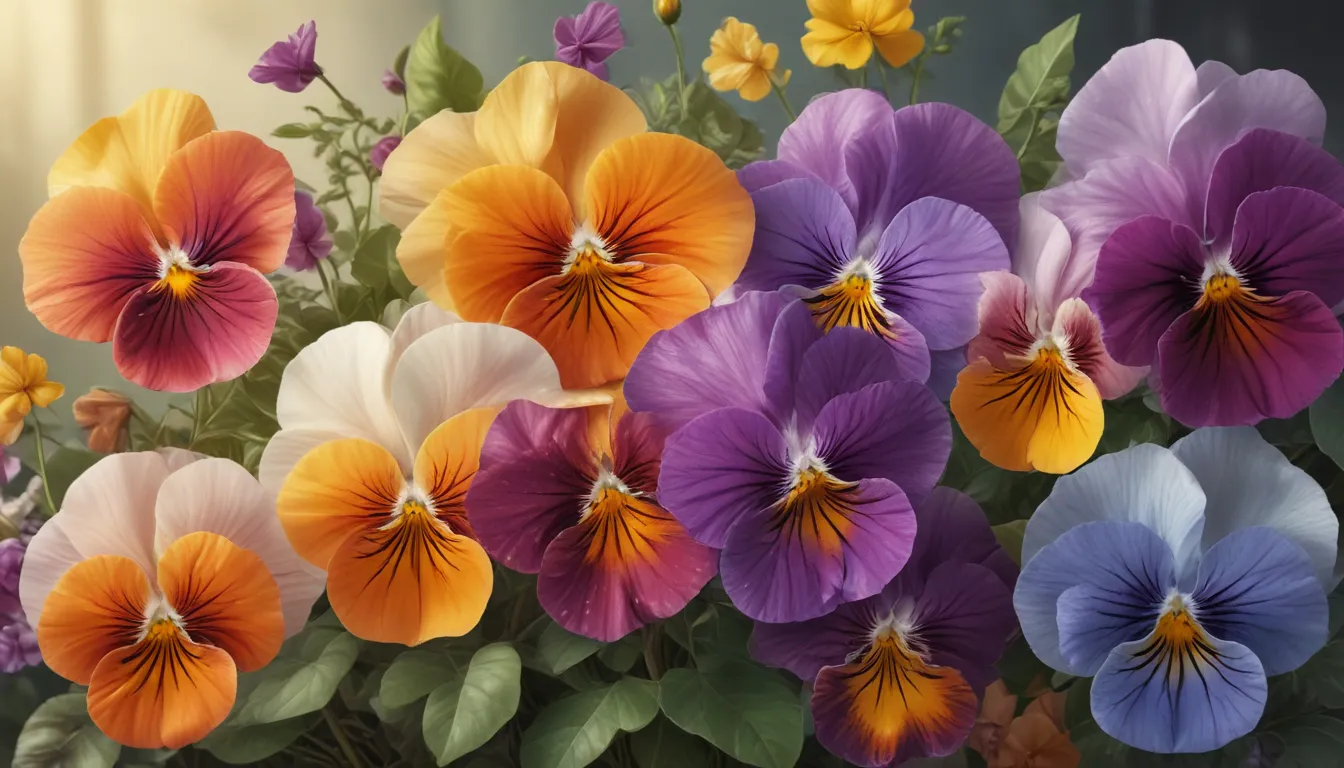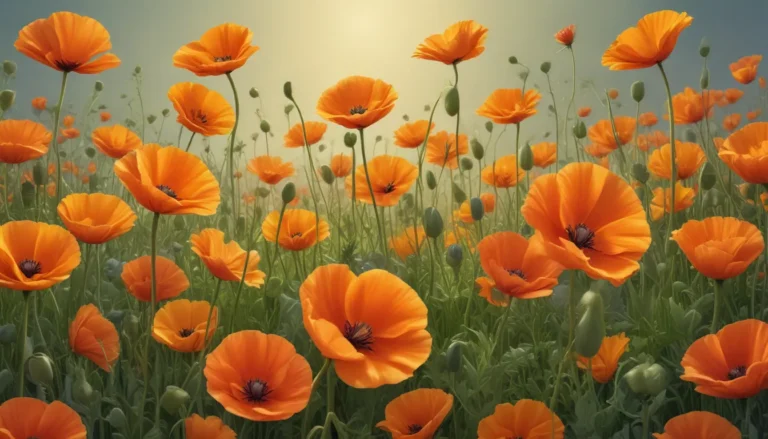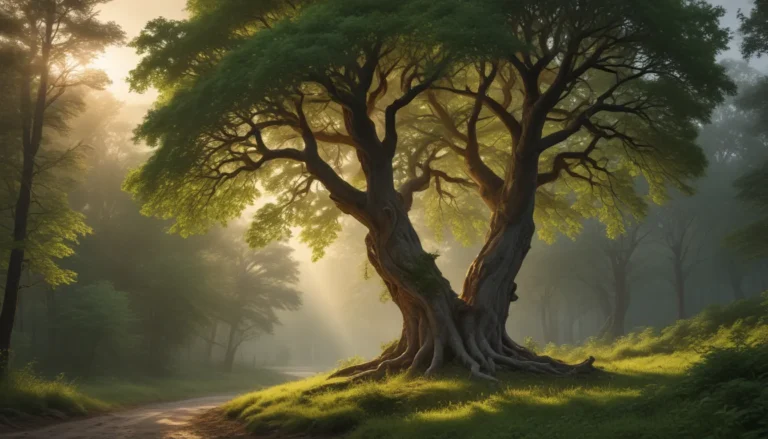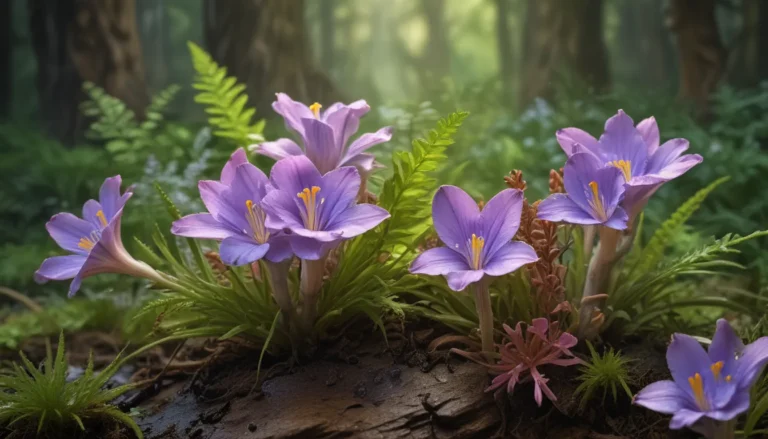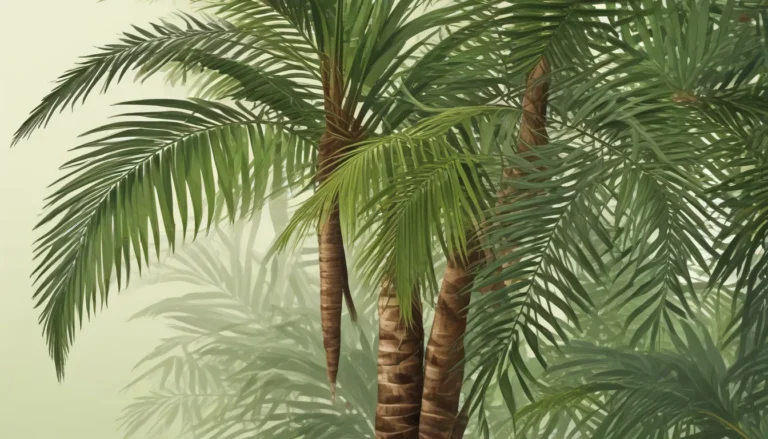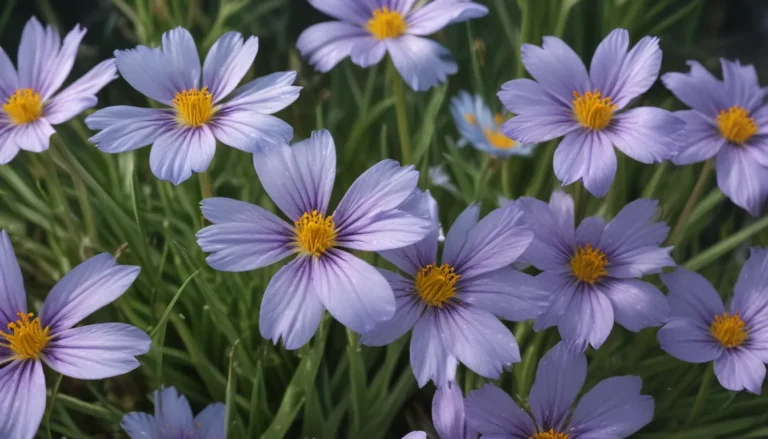The pictures we use in our articles might not show exactly what the words say. We choose these pictures to make you interested in reading more. The pictures work together with the words but don’t take their place. The words still tell you the important facts.
Viola, also known as violet, is a captivating genus of flowering plants that boasts over 500 species worldwide. These charming blooms are beloved for their delicate petals and vibrant colors, ranging from purple and blue to yellow and white. But beyond their aesthetic appeal lies a realm of fascinating facts and anecdotes that highlight their unique characteristics and cultural significance. Join us as we unravel the enchanting world of violas with 15 intriguing facts that will deepen your appreciation for these delightful flowers.
Viola, a Versatile Genus
Viola is not just a single flower but a diverse genus encompassing more than 500 species, including familiar names like pansies and violets. Its adaptability allows it to thrive in a variety of climates and habitats, bringing a splash of color to gardens and floral arrangements alike.
Colors Galore
One of the most striking features of violas is their vast array of colors. From bold purples and blues to soft pinks, whites, and even black, these blooms offer a rainbow of hues that can brighten any landscape or bouquet.
Symbol of Love and Loyalty
For centuries, violas have symbolized love and faithfulness. In Victorian times, exchanging these blossoms with a loved one expressed sentiments of affection and everlasting loyalty, making them a meaningful and heartfelt gift.
Edible Delights
Some Viola species, such as Viola odorata or sweet violet, are not just visually appealing but also edible. Their flowers and leaves can be incorporated into culinary creations, lending a delicate floral flavor to dishes.
Medicinal Properties
The Viola tricolor, also known as heartsease, has a rich history in traditional medicine. Believed to possess anti-inflammatory, diuretic, and expectorant properties, this plant has been utilized in herbal remedies for centuries.
Name Origins
The name "Viola" stems from the Latin word for "violet," derived from the Greek myth of Io who ate violets as food after being turned into a heifer. This historical association adds a layer of intrigue to the flower's name and origins.
Hardy Perennials
Many Viola species are hardy perennials, meaning they can endure various seasons and bloom year after year. This resilience adds beauty and charm to gardens, ensuring a lasting presence in the landscape.
Adaptable Growers
Violas are known for their ease of growth and adaptability to different conditions. Whether in full sun or partial shade, these plants thrive, making them a versatile choice for gardeners of all levels.
Sentinels of Spring
As early bloomers, violas often herald the arrival of spring with their vibrant blossoms. Their presence signifies a season of hope and renewal, bringing joy after the dreary winter months.
Pollinator Attraction
The colorful blooms and sweet scent of Viola flowers attract essential pollinators like bees and butterflies. By supporting these insects, violas play a crucial role in maintaining biodiversity and ecosystem health.
Musical Inspiration
Violas have transcended botanical realms to inspire musicians as well. The viola, a string instrument larger than a violin, shares its name with the flower due to similarities in shape and color, bridging the worlds of music and nature.
Cultural Significance
In various cultures worldwide, violas hold symbolic importance. In Japan, the Viola mandshurica is celebrated as the national flower, representing purity and innocence in the cultural landscape.
Downy Delicacy
The leaves of Viola species often possess a soft, downy texture, adding to their allure. This velvety touch invites individuals to gently caress the foliage, savoring its delicate feel.
Unique Flower Structure
Violas showcase a distinct flower structure with five petals, including a lower petal known as the "landing pad." Intricate markings on this petal guide pollinators towards the nectar-rich center, ensuring successful pollination.
Cultural Namesake
Beyond their botanical significance, violas have inspired namesakes in human culture. The name "Viola" is commonly bestowed upon individuals, symbolizing beauty, elegance, and grace.
In conclusion, violas are not just ordinary flowers; they are a celebration of nature's beauty and complexity. From their vibrant colors and medicinal properties to their cultural symbolism and musical connections, these blooms continue to captivate hearts around the world. Whether adorning a garden or enhancing a bouquet, violas serve as a testament to the wonders of the natural world.
Frequently Asked Questions
- Are violas the same as pansies?
-
While violas and pansies belong to the same family, they differ in terms of flower size and cold-hardiness. Violas typically have smaller flowers and are more resilient to colder temperatures compared to pansies.
-
Can violas be grown indoors?
-
Absolutely! Violas can thrive indoors with sufficient sunlight and well-draining soil. Their vibrant colors and delicate blooms can brighten any indoor space.
-
How often should violas be watered?
-
Violas prefer consistently moist soil, so watering regularly is crucial. Check the soil moisture before watering to avoid overwatering, which can lead to root rot.
-
Can violas withstand cold temperatures?
-
Yes, violas are known for their cold tolerance and can survive frost and light freezes. However, extreme cold may cause damage to the plants.
-
Do violas attract pollinators?
- Yes, the nectar-rich flowers of violas attract pollinators like bees and butterflies, contributing to ecosystem health and biodiversity.
Our commitment to delivering accurate and engaging content ensures that each fact we share about violas is not only fascinating but also credible. Join us in exploring the enchanting world of these delightful flowers and uncover the beauty and wonder they bring to gardens and landscapes worldwide.
